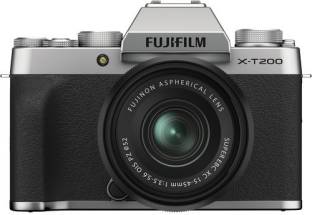which primary camera sensor does the mi 11 ultra sport
The Xiaomi Mi 11 Ultra has a 12 MP sensor with a Sony IMX586 BSI.
Mi 11 Ultra is equipped with a 12MP BSI rear camera and an 8MP front-facing camera. The dual cameras allow the user to take pictures in portrait and landscape mode, as well as 4K video recording. These features make up for what could be the only drawback – it does have no 3D Touch screen which is typically found on high-end phones.
The front camera is more than capable of taking your selfie to the next level, allowing for better portraits with a superior zoom. With that said, the photos and videos are still mediocre.
Image source: https://paytmmall.com/
The rear shooter has a single LED flash as well as an AI-powered dual flash system. The sensor uses Sony’s IMX586 image sensor which is found in the Pixel 3 XL, Galaxy Note9, and even in many other flagship smartphones. In terms of resolution it comes in at 12 megapixels (MP). That gives it a pixel density of 1.4MP per inch (PPI). It has four pixels in each photo and one in the flash.
So our Mi 11 Ultra has a 12-megapixel (MP) camera sensor that also has a dual LED flash. The primary sensor is Sony IMX586 BSI, which goes for around $65 and is a very popular sensor that’s used in so many smartphones.
The Mi 11 Pro lens has quite a bit of pixel density at 1.4Mpx/inch or 109PPI. It also includes an optical zoom and optical image stabilization (OIS). You can view samples from the camera on YouTube using this link:
Xiaomi Redmi Note 7 Pro image leak: How is it different from the Mi 11 Pro?
Image source: https://www.flipkart.com/
As of mid-2018, Xiaomi had started using the word “Pro” in some of its previous models. The 5G variant, for instance, was called the Redmi Note 7 Pro while its predecessor was tagged as the Redmi Note 6 Pro.
This naming convention continued with its successor as well. The Mi 11 Pro is the latest phone that received the “Pro” tag, making it the second phone in a row to be bestowed with this title.
The Xiaomi Redmi Note 7 Pro is currently available in India while its international variant has yet to launch. As you would expect, it would naturally come with some differences between the two models. So wha exactly sets them apart? Take a look at how they differ in terms of hardware and pricing.
Let’s start with their display sizes. The Xiaomi Redmi Note 7 Pro has a 6-inch display whereas its international variant comes with a smaller 5.99-inch panel (with a slimmer bezel). The former has an aspect ratio of 19.5:9 while the latter one is a little taller at 18.7:9.
Xiaomi Redmi Note 7 Pro (left) and International variant (right)
The Mi 11 Pro on the other hand has a 6.21-inch Full HD+ (1080×2280) display with an aspect ratio of 19:9. Both models lack adaptive touch technology and have a 2.5D curved glass finish on top of it. However, both their displays are capable of going up to 600 nits peak brightness and reaching up to 441 nits minimum luminance.


Komentar
Posting Komentar